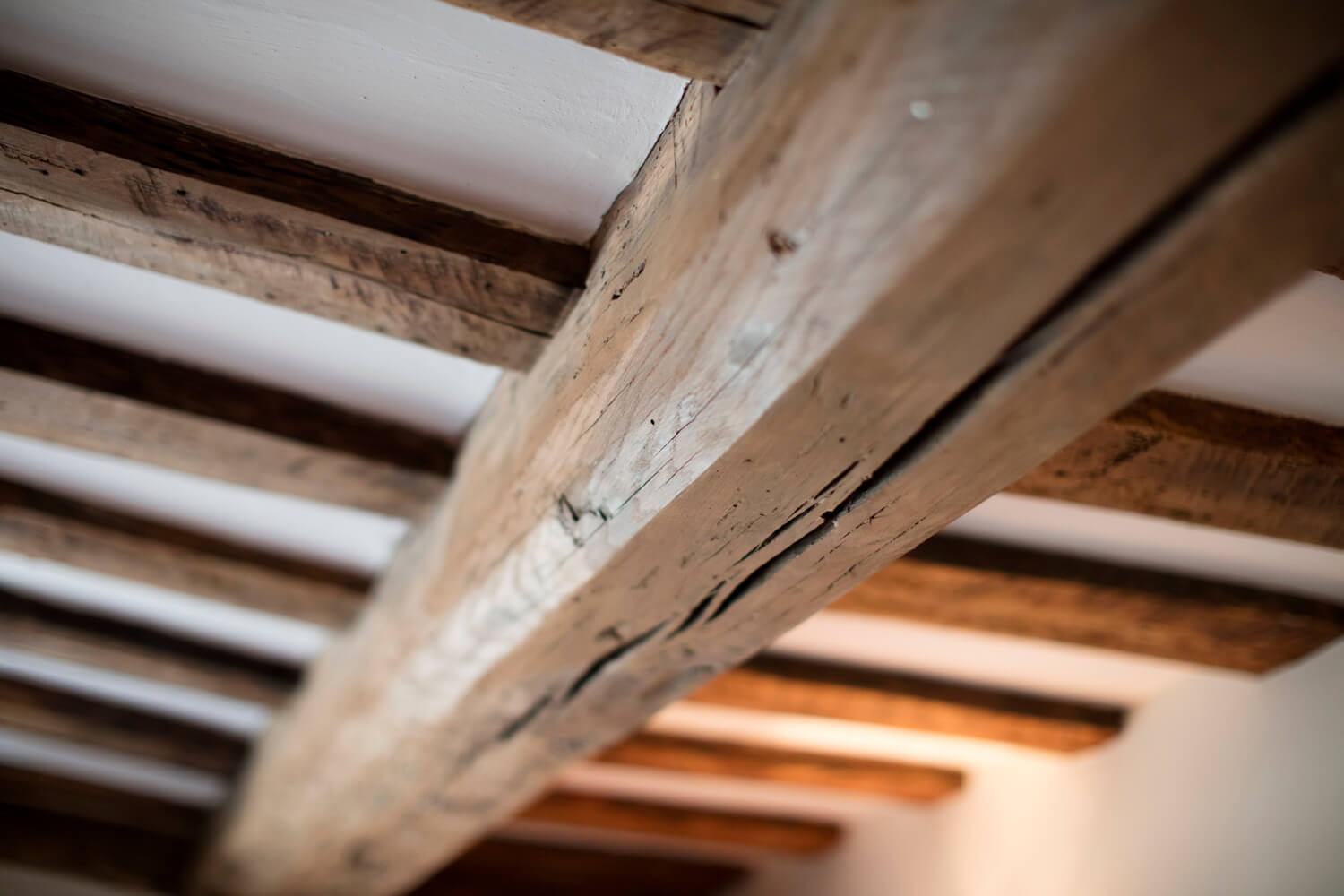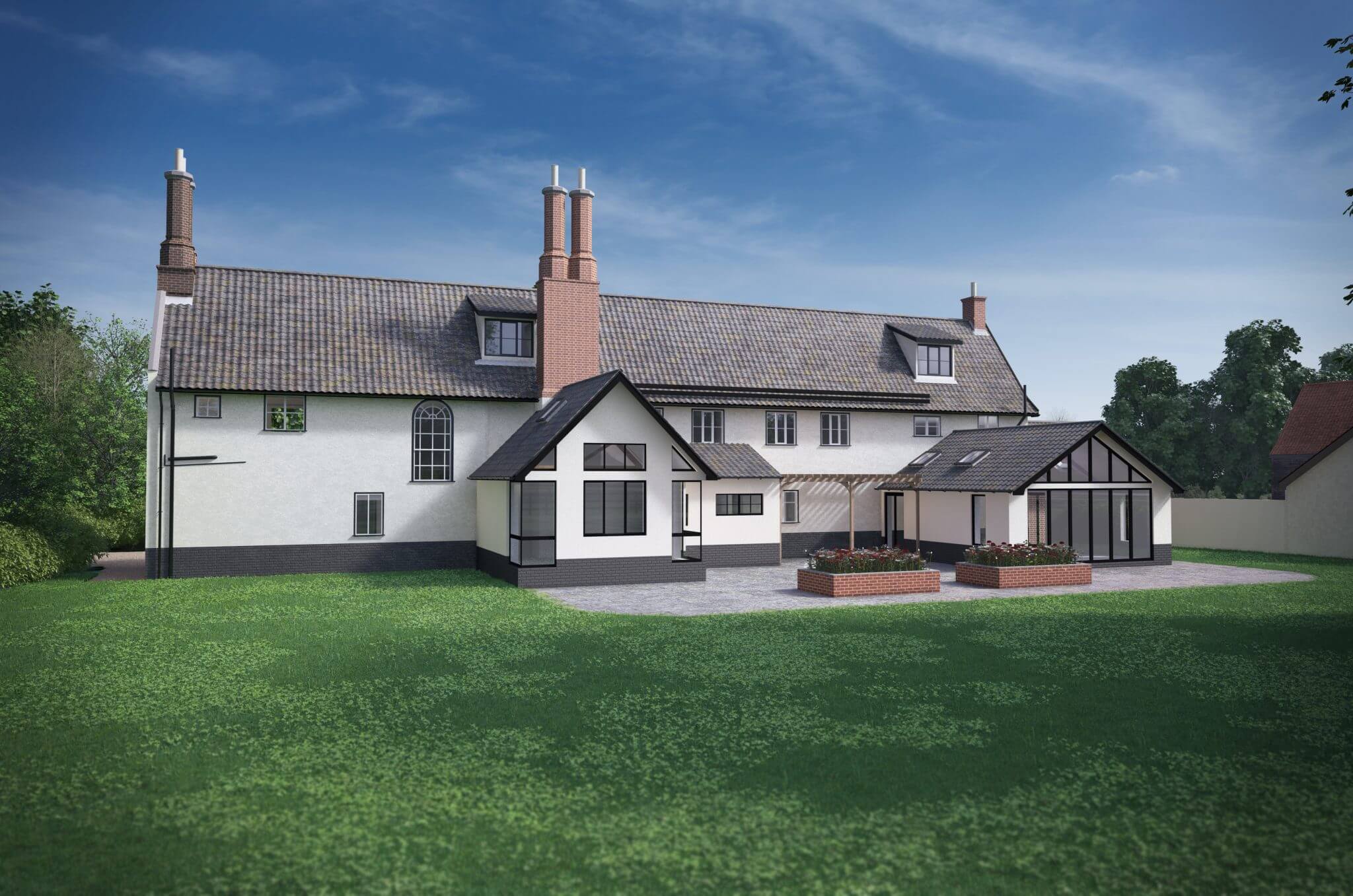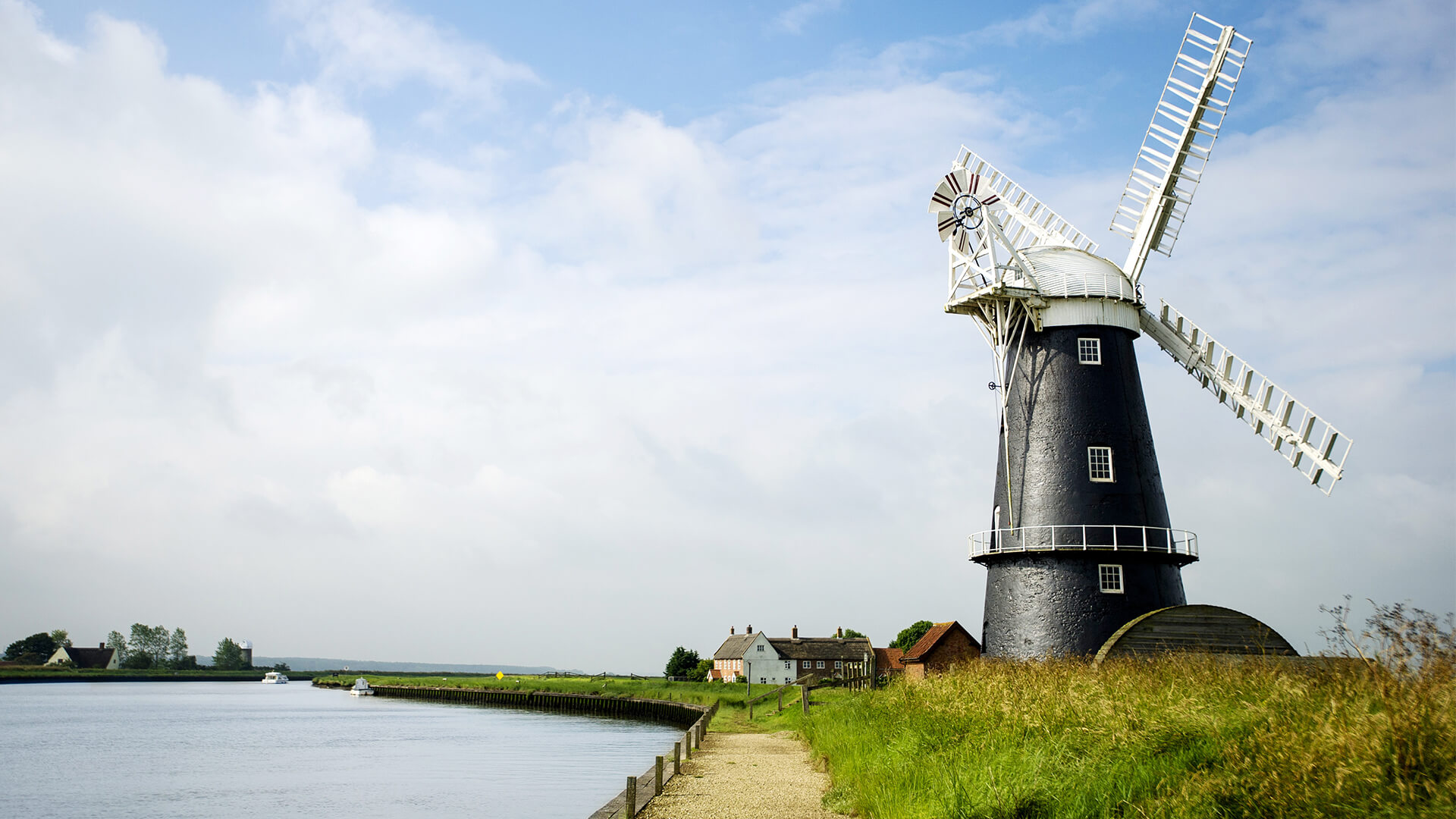SA Architectural Services is based in Norfolk, England. Following their recent success in BUILD’s Design and Build Awards, we profiled James and Solam Sizer to learn more about their passion for protecting and enhancing old buildings.
Due to its’ long and rich history, the United Kingdom has a wealth of heritage “Listed” buildings of varying ages and grades of importance. There are a wide variety from ecclesiastical, functional and industrial, and residential buildings. UK listed buildings are graded in terms of importance with scheduled ancient monuments being the most important, Grade I, Grade II* (being close to Grade I) and Grade II. There are also numerous locally important buildings which enjoy protection by local organisations. Works undertaken to these important buildings must gain listed building consent. If work (apart from very minor cosmetic repairs) is undertaken without consent, then this is a criminal offence.
The rural county of Norfolk, England is a particular hotspot for heritage buildings. Due to its’ relatively unspoilt nature, many ancient buildings remain well preserved and not impacted by progress.
Norfolk is a picturesque and beautiful place with North Norfolk and the Norfolk Broads being classed as Areas of Outstanding Natural Beauty (AONB’s). This means that all design and construction work affecting the landscape, and the heritage building to be a matter for extremely careful judgement, skill, and is subject to onerous protective regulation.
Norfolk was also the birthplace of Lord Nelson (1758-1805), one of England’s heroic figures due to his command and success in various naval battles against the Franco-Spanish fleet during the late 18th century.
SA Architectural Services, based in Brundall in the heart of the Broadland landscape, are specialists in this field and have worked on a large number of listed building projects, including a nationally important restoration of a Grade II* drainage mill built in 1753. Wiseman’s Oby Mill is the oldest such mill on the Broads and is currently undergoing restoration in conjunction with the Broads Authority and the local technical college.
The practice is run by husband and wife team James and Solam Sizer. As a certified Passivhaus designer, James brings a practical and scientific approach, from his background in chemistry and main contracting. James is also qualified as a Chartered Architectural Technologist and Chartered Building Engineer.

Solam obtained a degree in Architecture at La Salle University in Bogota, Colombia, and is qualified in the UK as a Chartered Architectural Technologist and Chartered Building Engineer. Solam won the Women in Construction and Engineering (WICE) award as the “Best Woman Architectural Technologist in Europe 2017”.
SA’s renovation designs are characterised by introducing surprising spaces to conventional buildings. The sense of the “place”, and the context in which the design is executed, is crucial in each case. There is no overall defining characteristic to their projects other than high architectural coherence, fantastic circulation, stunning interiors, and their absolute requirement for the highest quality of workmanship. This is universally true whether designed in a modern style, or in the vernacular. When extension work is undertaken the focus is on providing spaces which the host building can never provide due to constraints restricting their modification. Vaulted ceilings, double height spaces, and extensive fenestration provide light and joyful modern spaces, which work in harmony with the traditional and historically proportioned spaces of the listed property.
Their selection of traditional and modern material palates respects the key characteristics and nature of the building. Due to the variable and generally damp weather, historic structures are vulnerable to damage from wet and dry rot, and also a variety of wood boring insects. In extending and altering the structures it is vital to understand the nature of the host property and specify appropriate materials which respect the environment and performance of the structure.
This can often mean the use of traditional materials, however the use of modern and innovative materials with desirable properties is also often appropriate. Buildings built earlier than 1930, are mostly of solid wall construction and must allow the passage of moisture through the wall structure. This helps to avoid creating moist conditions which allow for potentially disastrous defects to arise.


A good example of this is their sensitive and complete restoration of Wacton Hall, a Grade II* 16th century moated manor. Unfortunately, earlier refurbishment work which did not respect the nature of the property had left this nationally significant building near collapse. The property is now sensitively restored, and uses a variety of modern and traditional materials without loss or damage to the historic fabric of this important heritage asset.
With the quality of work James and Solam Sizer are producing, it is clear that The BUILD Ones to Watch in England 2019 is unlikely to be the last accolade they receive.

If you are looking for a great large extension to a listed, or non listed property please contact us on:
James Sizer – Director, MCIAT C.Build MCABE ICIOB
Solam Sizer – Director, MCIAT C.Build E FCABE MFPWS Dip Arch
Tel: 01603 713 528
Email: [email protected]
Website: www.sastudio.co.uk

































